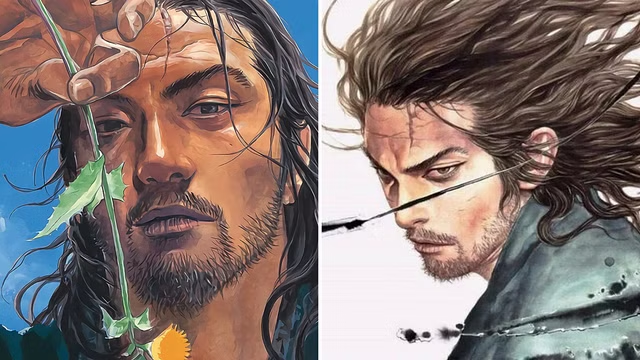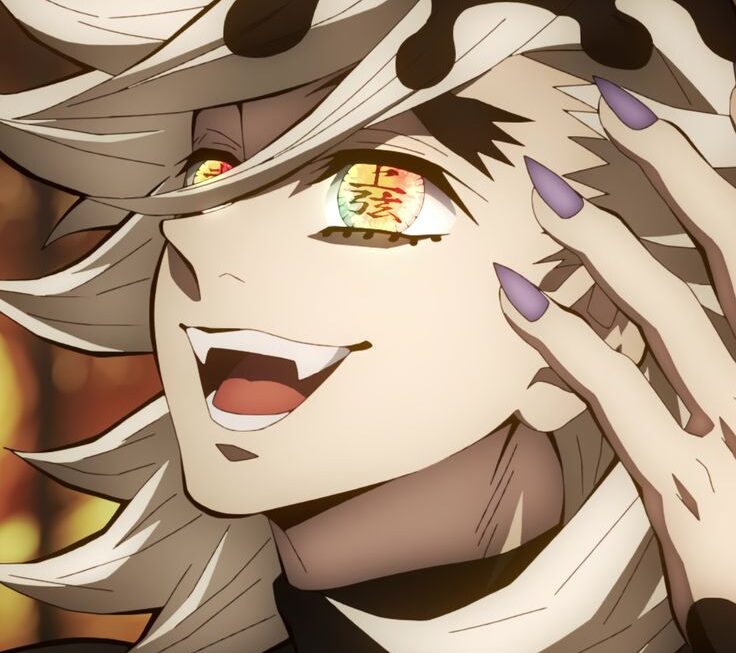Introduction
What is Vagabond Manga?
Vagabond Manga is a critically acclaimed series created by Takehiko Inoue, first serialized in 1998. Adapted from Eiji Yoshikawa’s historical novel “Musashi,” this manga provides a gripping portrayal of the legendary samurai Miyamoto Musashi. Set in the early 17th century, it chronicles Musashi’s journey from a reckless warrior to a revered swordsman. The manga is renowned for its intricate artwork, deep character development, and faithful representation of historical events.
The narrative delves into the life and struggles of Musashi, exploring themes of honor, combat, and self-discovery. Inoue’s adaptation remains one of the most celebrated works in the samurai genre, lauded for its engaging storytelling and rich, evocative illustrations. This masterpiece not only captures historical events but also embodies the spirit of the samurai era, making it a seminal work in manga literature.
Why Vagabond Manga is a Significant Work
Vagabond Manga holds a special place in the manga industry due to its meticulous attention to historical detail and its compelling narrative. Inoue’s artistry, combined with Yoshikawa’s original story, creates a powerful blend of history and fiction. The manga’s impact extends beyond its genre, influencing countless works and setting a high standard for historical manga.
Its unique portrayal of Musashi’s life, coupled with philosophical musings on combat and personal growth, distinguishes it from other samurai stories. The manga’s success is reflected in numerous awards and accolades, solidifying its reputation as a must-read for fans of historical and action-packed narratives.
Story and Plot to vagabond manga
Synopsis of the Plot
Vagabond Manga follows the life of Miyamoto Musashi, a young samurai who embarks on a journey of self-discovery and mastery. The story begins with Musashi’s defeat in the Battle of Sekigahara, leading him to abandon his life as a soldier and seek enlightenment through swordsmanship. As Musashi travels across Japan, he faces numerous adversaries and challenges that test his skills and philosophy.
Throughout his journey, Musashi encounters various characters, each contributing to his growth and understanding of the samurai code. The narrative intertwines historical events with fictional elements, creating a rich tapestry of action, introspection, and drama. The manga’s episodic structure allows for a deep exploration of Musashi’s character and the world he inhabits.
Character Profiles
Key characters in Vagabond Manga include Miyamoto Musashi, the protagonist known for his exceptional swordsmanship and philosophical insights. Musashi’s journey is marked by his encounters with influential figures such as Sasaki Kojiro, his rival, and Otsu, a love interest who challenges his ideals.
Other notable characters include the enigmatic swordsman, Yagyu Munenori, and the compassionate healer, Akemi. Each character adds depth to the story, reflecting various aspects of the samurai era and Musashi’s personal growth. Their interactions with Musashi shape his journey and contribute to the manga’s dynamic storytelling.
Themes and Symbolism
Vagabond Manga explores themes of honor, conflict, and personal growth, central to the samurai ethos. Musashi’s journey is a reflection of his quest for self-improvement and understanding of the true nature of combat. The manga delves into the philosophical aspects of swordsmanship, highlighting the internal and external conflicts faced by the protagonist.
Symbolism plays a crucial role in the narrative, with recurring motifs such as the sword representing both physical and spiritual strength. The depiction of nature and battle scenes further enhances the thematic depth, illustrating the harmony and discord inherent in Musashi’s world.
Artwork and Style
Artistic Techniques and Style
Takehiko Inoue’s artistic style in Vagabond Manga is characterized by its detailed and dynamic illustrations. The manga features meticulously crafted backgrounds and fluid action sequences, capturing the essence of the samurai era. Inoue’s use of line work and shading creates a sense of depth and movement, enhancing the visual experience.
The character designs are both realistic and expressive, reflecting the personalities and emotions of the characters. Inoue’s artwork is noted for its ability to convey the intensity of battle and the tranquility of introspective moments, contributing to the manga’s immersive storytelling.
Impact of Artwork on Storytelling
The artwork in Vagabond Manga significantly contributes to the narrative, bringing the historical setting and characters to life. Inoue’s illustrations amplify the emotional impact of key scenes, from epic battles to personal confrontations. The visual style enhances the reader’s connection to Musashi’s journey, providing a vivid and engaging experience.
Scenes of combat are depicted with remarkable detail, emphasizing the skill and precision of swordplay. The artwork’s ability to capture both the grandeur and the subtlety of the samurai era adds a layer of authenticity and depth to the story.
Reception and Influence
Critical Reception
Vagabond Manga has received widespread acclaim from critics and fans alike, praised for its narrative depth, character development, and artistic excellence. It has won several awards, including the Kodansha Manga Award and the Micheluzzi Award, recognizing its contribution to the manga industry.
The manga’s blend of historical accuracy and creative storytelling has been highlighted as a key factor in its success. Critics commend Inoue’s ability to balance action and philosophy, creating a compelling and thought-provoking narrative.
Cultural Impact
The influence of Vagabond Manga extends beyond the manga community, impacting popular culture and other media. Its adaptation into anime and various merchandise has introduced the story to a wider audience. The manga’s themes and artistic style have inspired numerous other works in the historical and samurai genres.
Fans of Vagabond Manga have created a dedicated following, engaging with the story through fan art, discussions, and conventions. The manga’s legacy continues to resonate, reflecting its significance in the world of manga and its enduring appeal.
Conclusion
Recap of Key Points
Vagabond Manga stands as a masterpiece in the samurai genre, offering a profound exploration of Miyamoto Musashi’s life and philosophy. Its intricate storyline, detailed artwork, and rich themes contribute to its status as a classic. The manga’s success is a testament to Inoue’s skill in blending historical narrative with artistic brilliance.
Final Thoughts
For readers seeking a deep and engaging samurai story, Vagabond Manga provides an unforgettable experience. Its exploration of honor, combat, and personal growth makes it a must-read for fans of historical fiction and manga. The manga’s impact on the genre and its cultural influence ensure its place as a significant work in manga history.




